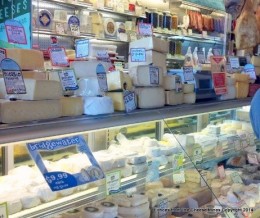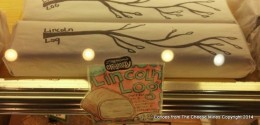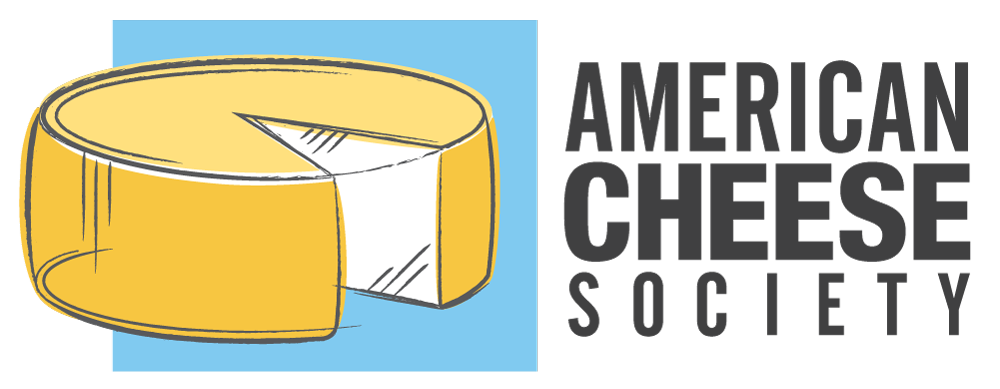By: Marcella Wright, ACS CCP
This winter has been brutal in many parts of the country, with Michigan receiving record snowfalls. A few weeks ago, I found myself driving in a snow storm from Kalamazoo to Detroit looking forward to a much-anticipated stop in between at Zingerman’s Deli in Ann Arbor. Near the top of my “Cheese Bucket List,” not even a blizzard was going to keep me from visiting Zingerman’s.

Last summer at the ACS Conference in Madison, I attended a seminar designed to help managers “inspire cheesemongers for life;” a class I took to improve my day-to-day training of mongers. Ari Weinzweig, one of the founders of Zingerman’s, co-chaired the seminar with The Pasta Shop’s, Juliana Uruburu. Before that day, I knew about Zingerman’s and its reputation for quality products and world-class customer service. After listening to Ari, I added Zingerman’s as a “must visit” cheese destination. (The Pasta Shop is also on my list and I’ll be checking it out when the ACS Conference invades Sacramento this summer.)
Since 1982, Zingerman’s has been creating and offering food institutions to “serve” the citizens of Ann Arbor and beyond. With success, opportunities to franchise came along; however the partners instead chose to expand their brand with more food production entities that included a bakery, a catering arm, a roadhouse-style restaurant, and in 2001, a world-class creamery. Under the leadership of John Loomis, Zingerman’s Creamery started with gelato and “real” cream cheese, traditionally-made with no preservatives modeled after a recipe that originated in the 1930s.

Using locally-sourced cow and goat milks, the creamery primarily makes soft-ripened and fresh cheeses, including Lincoln Log, Zingerman’s version of French Bucheron. This mold-ripened cheese is made with pasteurized goat’s milk, using animal rennet and aged for about two weeks. The sample I tasted had a mushroomy creamline with a dense, milky inside paste that finished fresh and lemony. It had a pleasant tang without being “goaty”; a flavor profile that I find unappealing. The paste and the rind were both chalky white, a result of the goat converting beta carotene, found in grass, into vitamin A.
When serving Lincoln Log, I would place it in first or second position on a cheese board and pair it with dried Michigan Bing Cherries or a local honey. It would also “schmear” nicely on a fruit muffin or bread like banana or cranberry.
If you don’t live in Ann Arbor, you can find Zingerman’s in select specialty food shops throughout the US.
For more details on my visit to Zingerman’s, please visit my website.
